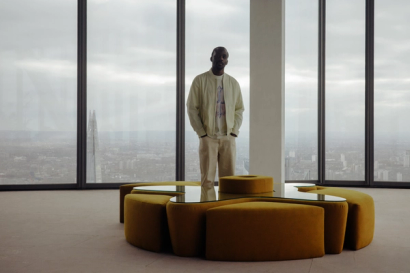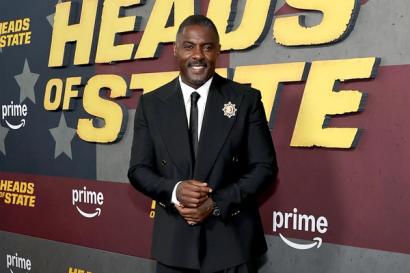
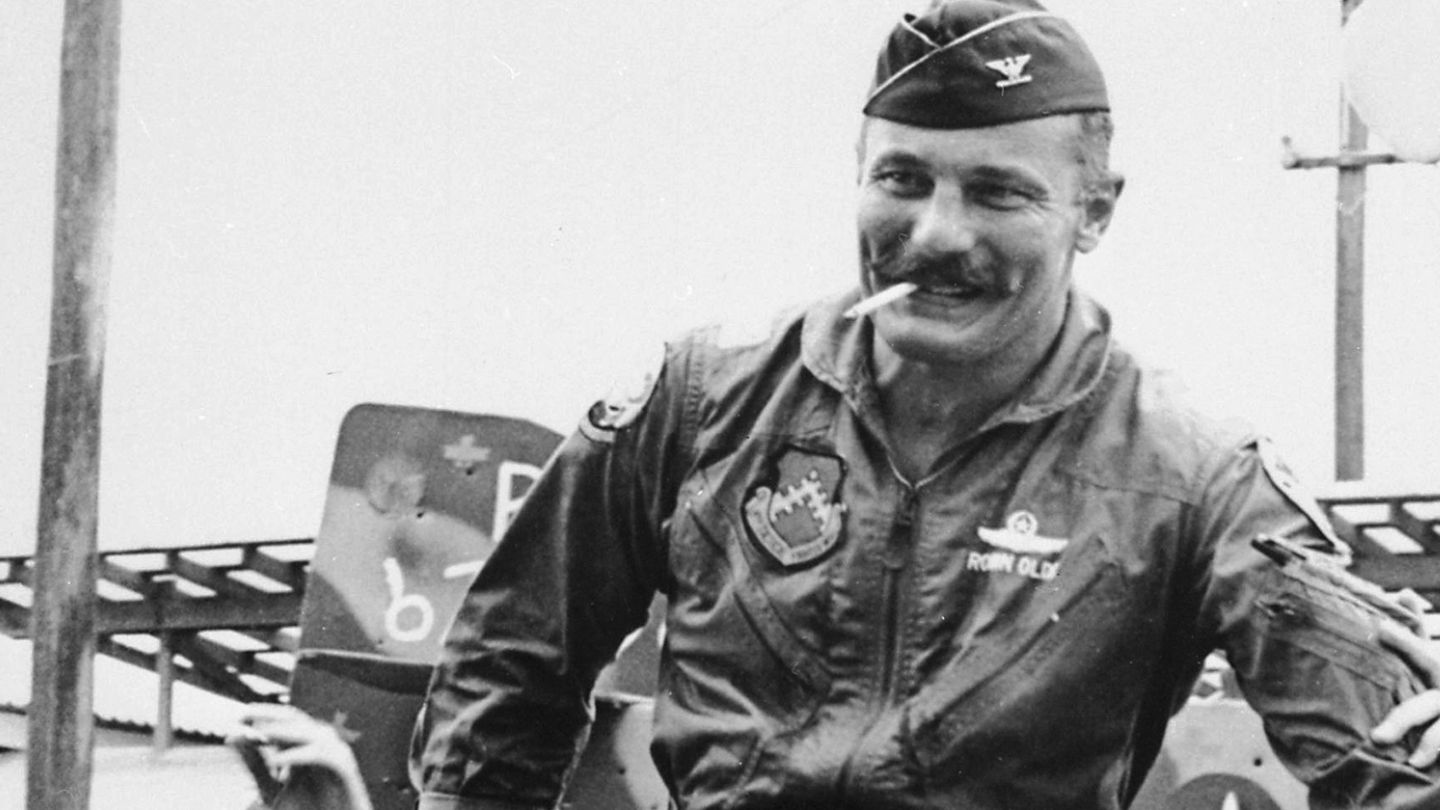
Words: Jonathan Wells
Does a moustache make you more of a man? It’s a hairy question — quite literally. And one that’ll no doubt be on the clean-shaven top lips of men around the country this fine November. That’s right, we’re four days into the annual charity awareness event/month of masculinity measuring that is Movember — and we’ve all got moustaches on the mind.
But where did this idiosyncratic form of facial hair come from? Who was the first man to stop shaving when his razor ran upon his top lip? Does the ability to grow a moustache actually make you more of a man? Well whack out your wax and crack out your combs, gentlemen, for here’s a brief, bristling history of the moustache.
Where does ‘moustache’ come from?
Before we tackle the ‘tache itself, let’s take a look at the word. ‘Mastax’, a Greek word, was stolen by the Scottish and turned into ‘Mystax’, with both meaning ‘jaws, mouth or lips’. The Medieval Greeks took the word back, and that ‘Moustakion’ grew out into the Italian ‘Mostaccio’ — before the French combed it into submission, giving us ‘Moustache’ around 1580, with a final definition of: ‘The hair that grows on the upper lip of men’.
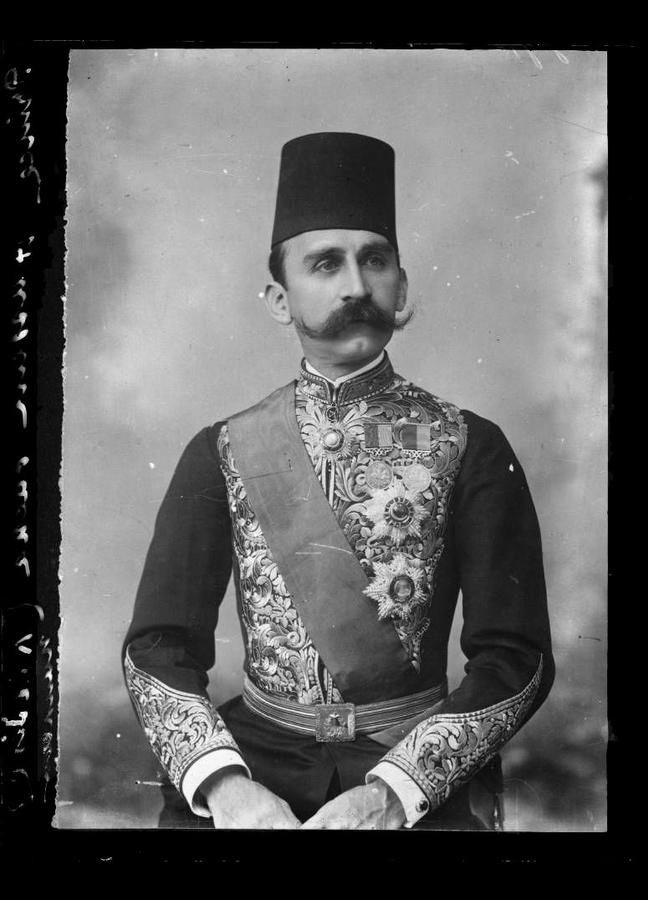
The origins of the actual adornment are, unfortunately, not so clear. We know that some Egyptian statues show Pharaohs sporting ‘taches. The gallant knights of the Dark Ages also had armour custom-made to accommodate their moustaches; helmets created that wouldn’t rustle the thick, flowing facial hair. And we’re also aware that the Hungarian Hussar cavalry units of the 18th century coupled their huge moustaches with outlandish uniforms, in a bid to strike fear into the hearts of their bald-faced enemies.
But an official origin story? It’s likely we’ll never know. Just console yourself and your moustache with these fun facts instead: the average moustache is made up of 600 hairs; they filter the air you breathe through your nose; if you do have a moustache, you’ll inadvertently touch it over 700 times a day. See? Fun.
How important were moustaches to military men?
As important as their weapons and rations, by any measure. By the 18th century, moustaches were seen to signify soldiers, and were commonly used to tell the difference between military men and mere civilians. And, since the days of King James I, the luscious handlebar had been enjoying a well-brushed, if aristocratic, heyday.
But a real turning point in the military might of the moustache came in India. It was the 19th century and the British Raj was in full colonial swing. The Indian population, who traditionally believe that a man’s facial hair is a sign of his innate virility, were growing out gigantic moustaches to assert their masculinity. Bigger, it seems, was definitely considered better.
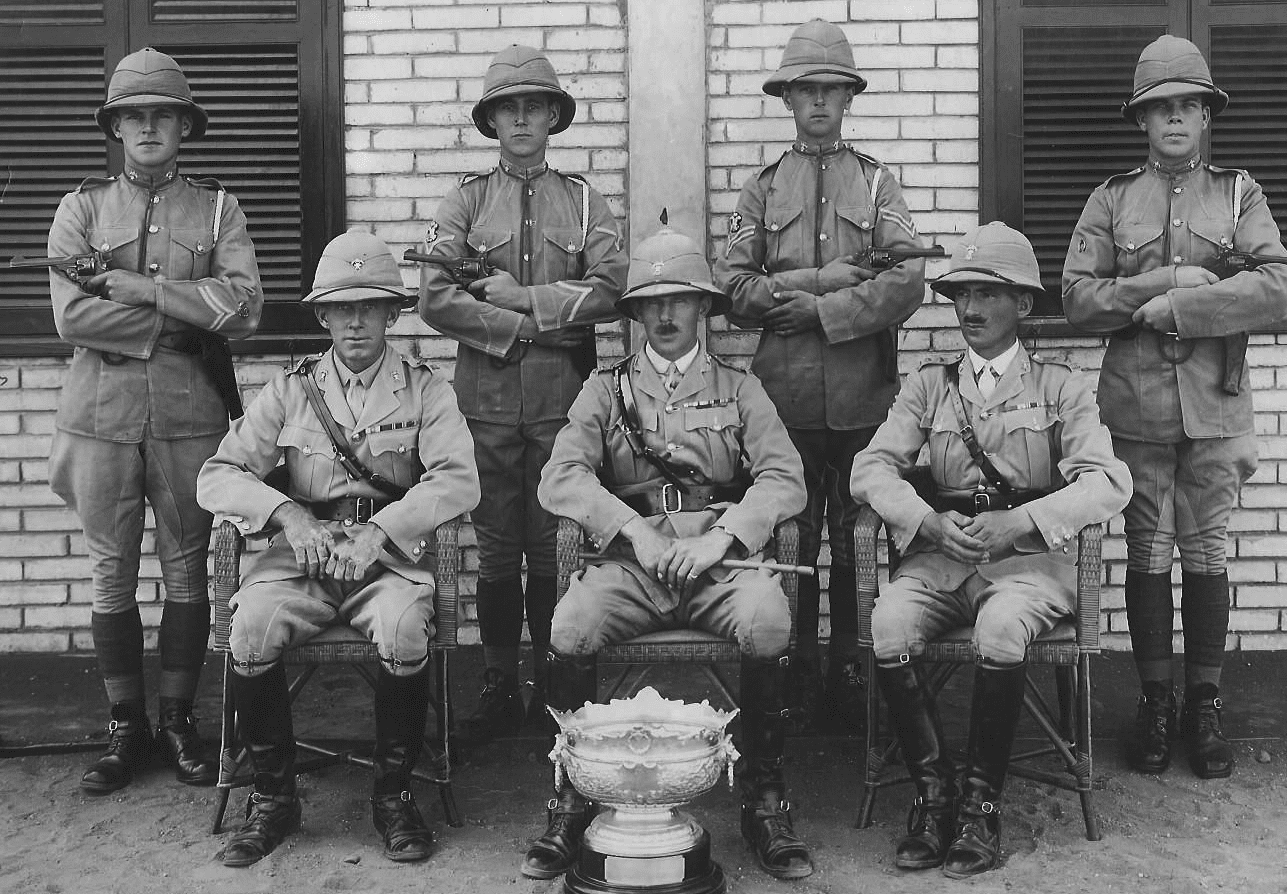
The British Army, many of whom were buying into the stiff, clean-shaven upper-lipped sensibilities of the time, were having difficulty maintaining any order within the Indian troops — who considered them less than ‘real men’ given their disastrous lack of moustaches. Backed into a corner, the Brits fought back and took control with similarly big bristlers, and brought the style back to Blighty with them when they returned home.
The spivvy stylishness of the modern moustache
The moustache returned from the Empire a conquering hairy hero. Despite a blip during World War One — gas masks wouldn’t fit if you weren’t clean shaven — the 1920s onwards saw a boom in hairy faces. Poirot cropped up in the pages of Agatha Christie. Errol Flynn and Clark Gable began hamming it up in Hollywood. ‘Taches were back.
But then World War Two came along, and Hitler single-handedly did for the toothbrush moustache. But Britain triumphed in more way that one, with our rakish fighter pilots becoming known for both their bravery and their silky, sweepingly huge handlebars. Back home, well-fashioned facial hair once again became fashionable, stretching from men’s top lips to every corner of 1960s and 70s culture. Burt Reynolds and Tom Selleck styled their ‘staches with pure sex appeal, and it wasn’t until the end of the century that facial hair once more fell from grace.
Thankfully, by the time Movember sprang forth this century, men around the world were once more ready to grow the most mercurial moustache — and, today, we still enjoy our month-long celebration of the style (and its cancer-fighting cause) every year.
So, does it? Does it make you more of a man?
Still hung up on this one? The short answer is no. Despite those Hungarian Hussars wearing moustaches to look more tough, and Indian fighters brushing up to appear more manly, there is no correlation between virility, fertility and how good a moustache you can muster.
Instead, most men have similar levels of testosterone, and your unique genetics shape your sensitivity to the hormone. And that’s what leads to your luscious handlebar — or your less than impressive stubble. So go forth, gents, and grow your best this November — you’ll be the latest in a bold, bristling tradition.
More of a beard man? This is the best style to suit your face shape…
